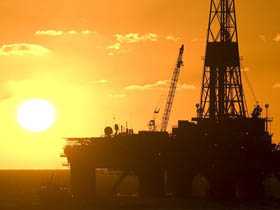Duplexes have been around for over 80 years, but only took off commercially post-1950s. What does the future hold
Magazine publishing usually sticks to short punchy article formats, but sometimes a topic is so far-reaching that it simply requires more space to do it justice. Such was the case when internationally renowned duplex stainless steel expert Jacques Charles approached Stainless Steel World with a proposal to write a review of the duplex families and applications from the beginning up to the modern day. The resulting article is now being published in three parts, spread over the August, September and October issues of the magazine.
Part 1 in the August issue of SSW examined the duplex pioneers up to 1991. Mr Charles, former General Manager of ArcelorMittal R&D and Head of R&D at Aperam, mapped the development of the duplex family and explained the two-phase microstructure that typifies duplex stainless steels. Noting that the first company to produce duplex was probably Union Carbine in the late 1920s, he went on to explain that the first industrial duplexes were produced in Europe – probably Sweden, UK or France - in 1933. Post WWII Swedish grade 3RE60 became well established, particularly for heat exchanger tubing for nitric-acid service.
Meanwhile in France, grade UR50, pioneer of the ‘French’ duplex grades with 20-35% ferrite, was marketed in various product forms for industries such as oil refinement, food processing, pulp & paper, and pharmaceutical.
It wasn’t until the 1970s that mass production kicked in, when the new duplex grade process routes with VOD/AOD + continuous casting made it possible to melt and transform at lower cost and with acceptable yield. This was the start of true duplex diversity.
During the 1980s and 1990s the new generation of duplex grades with increased nitrogen content were developed. Nitrogen additions contributed to several properties including the high temperature stability of the two-phase microstructure, particularly in welded areas.
Starting in 1972 with the supply of UR 50 (21%cr, 7%Ni, 1.3% Mo) duplex for the manufacture of chemical tankers, duplex started to be recognized as the optimum material selection choice for external of internal tanks. Orders of over 10,000T were placed. Its general and localized corrosion resistance, high strength and fatigue corrosion resistance made it possible to replace coated and clad carbon steel with a significant advantage when considering life cycle costs.
Read Part 1 of Mr Charles duplex family review for more information.
The Call for Papers for Duplex World Seminar & Summit 2016 was recently published; meet with Jacques Charles and other duplex experts, and share your knowledge with the globally community at this event! View the Call for Papers at Duplex World.


